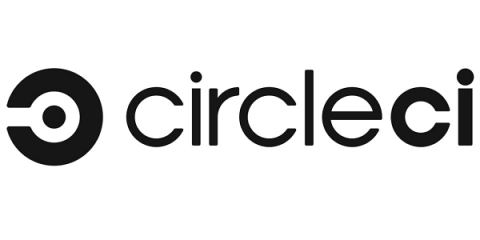Tips for designing distributed systems
With companies expecting software products to handle constantly increasing volumes of requests and network bandwidth use, apps must be primed for scale. If you need resilient, resource-conserving systems with rapid delivery, it is time to design a distributed system. To successfully architect a heterogeneous, secure, fault-tolerant, and efficient distributed system, you need conscientiousness and some level of experience.










